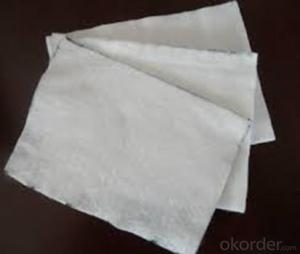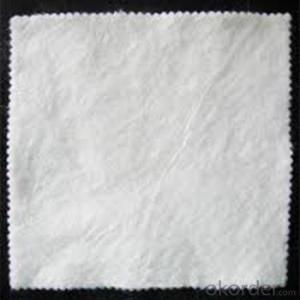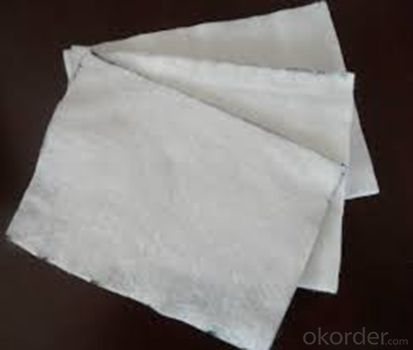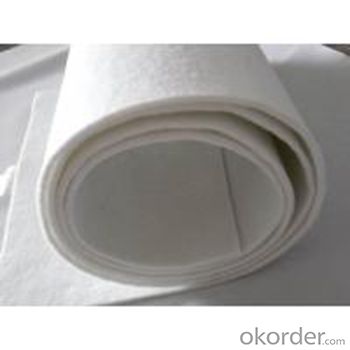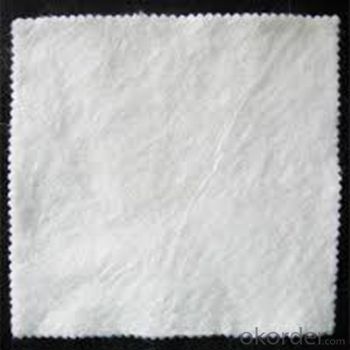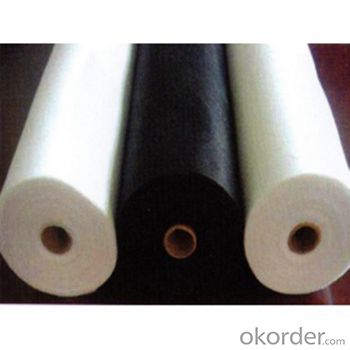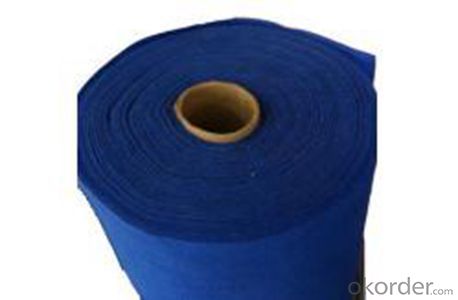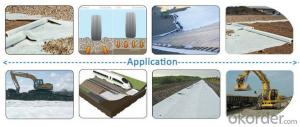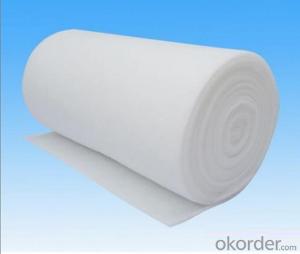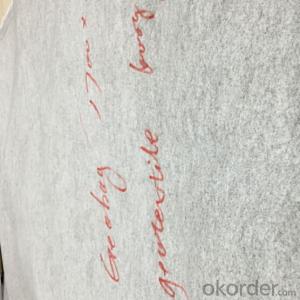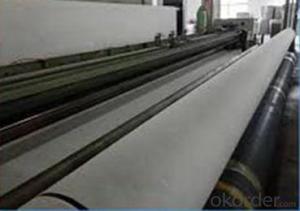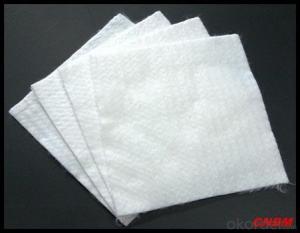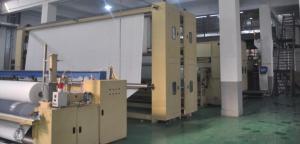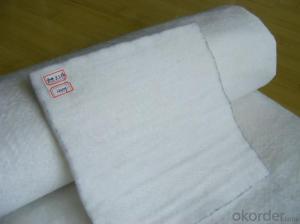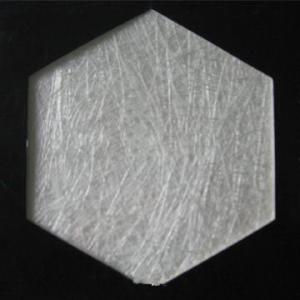Acf 200 Woven Geotextile Needle Punched & Geotextile Non-Woven for Railway
- Loading Port:
- China main port
- Payment Terms:
- TT OR LC
- Min Order Qty:
- 1000 m²
- Supply Capability:
- 500000 m²/month
OKorder Service Pledge
OKorder Financial Service
You Might Also Like
Specification
needle punched/geotextile non-wovens
| needle punch non-woven Standard with <5.5m, weight 80-2000 g/ m2, filament or staple fiber, all colours Use: geotextile, filtering cloth, decorating materials, materials inside cars, toys, shoes and leather products, tree planting bags our needle punch non-wovens are widely used in the areas of foundation constructions and building. They meet the national geotextile standard of China foundation constructions and Building. |
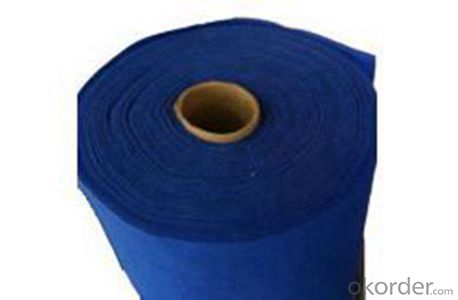
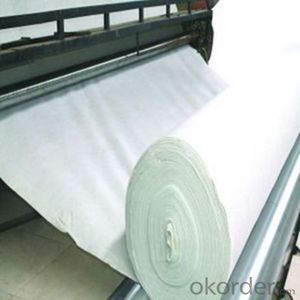
Packaging & Shipping
Packing: PLASTIC FILM INSIDE, AND WOVEN BAG OUTSIDE
Shipping: About 15 days after receipt the deposit
pecifications
geotextile fabric
permeability,filtration,easy for construction
ISO and CE certificate
Good quality and competitive price
Our Service
Quality assurance
1.On a regular basis or as per your request,we entrust national testing agencies to conduct quality inspections
2. Strictly in accordance with the ISO9001-2008 international quality system standard,we monitor and manage the whole process throughout production,quality testing,and measurement to ensure product quality
3. For quality-related construction delay or substandard construction(except for damage or losses due to customer’s responsibility or irresistible natural disasters),we have refunding,replacement,and repair services.We will respond to customers’ feedbacks on quality issues within 24 hours.
After-sales service
1.In order to provide customers with comprehensive technical support,we will provide technical and other related information upon request in a timely manner.
2.In required,we will appoint specialized technicians to the construction site to give technical trainings to construction people,and offer technical guidance throughout the whole construction process.
3.For damage due to shipment and delivery,after we receive the complaint,we will check the issure through provided pictures and videos.If our responsibility is confirmed,we wil offer free replacement.
4.When the construction is completed,as your request,our technical staff may participate in the final acceptance.
FAQ:
Q: What kind of payments does jenor support?
A: T/T, L/C, Cash are accepted.
Q: Do you charge for the samples?
A: Accordeing to our company policy, the samples are free, we only charge the freight fee. And we will return the freight fee during the next order.
Q: Can you produce according to customers' design?
A: Sure, we are professional manufacturer, OEM and ODM are both welcome.
Q: Do you have other products?
A: Yes, please check the pictures:
- Q: How do geotextiles contribute to sustainable construction practices?
- Geotextiles contribute to sustainable construction practices by providing a variety of environmental benefits. They help reduce soil erosion and sedimentation, improve water quality by filtering out pollutants, and enhance the stability and performance of infrastructure. Geotextiles also allow for the use of locally available materials, reducing transportation and carbon emissions. Overall, their use promotes the conservation of resources, minimizes environmental impacts, and supports long-term sustainability in construction projects.
- Q: What are the regulations for geotextiles in construction projects?
- The regulations for geotextiles in construction projects vary depending on the country and specific project requirements. However, in general, geotextiles used in construction projects must meet certain standards and guidelines to ensure their quality and performance. These may include specifications for the physical properties, such as strength and durability, as well as requirements for permeability and filtration. Additionally, some regulatory bodies may have specific testing and certification processes that geotextiles must undergo before they can be used in construction projects. It is important for project managers and engineers to consult local building codes and regulations to ensure compliance with the specific requirements in their region.
- Q: What are the different geotextile installation equipment and tools?
- Some of the different geotextile installation equipment and tools include geotextile dispensers, spreaders, rollers, staplers, and anchors. These tools are used to ensure proper placement and securement of geotextiles in various construction and environmental applications.
- Q: Are geotextiles suitable for use in retaining walls?
- Yes, geotextiles are suitable for use in retaining walls. They are often used as a reinforcement material in retaining wall construction to improve soil stability, prevent erosion, and increase the overall strength and durability of the wall. Geotextiles help to distribute the lateral forces exerted by the retained soil and provide additional support to the wall structure.
- Q: What are the advantages of using geotextiles in road construction?
- There are several advantages of using geotextiles in road construction. Firstly, geotextiles act as a barrier between the subgrade and the base material, preventing the mixing of the two layers. This helps in maintaining the stability and quality of the road. Secondly, geotextiles help in distributing the load more evenly across the road surface, reducing the stress on the underlying layers and increasing the lifespan of the road. Additionally, geotextiles can improve the drainage system by allowing water to flow through them, preventing the accumulation of water and reducing the chances of road damage due to moisture. Lastly, geotextiles are cost-effective and easy to install, saving both time and money in road construction projects. Overall, the use of geotextiles in road construction enhances the durability, strength, and performance of the road, making it a beneficial choice for infrastructure development.
- Q: What are the different geotextile installation techniques for erosion control blankets?
- There are several geotextile installation techniques for erosion control blankets, including trench and backfill, stake and tension, and anchor and pin. Trench and backfill involves digging a trench along the slope, placing the erosion control blanket in the trench, and then backfilling it with soil. Stake and tension involves driving stakes into the ground at regular intervals and then securing the erosion control blanket to the stakes with tensioning devices. Anchor and pin involves using anchors or pins to secure the erosion control blanket directly to the ground. The specific technique used depends on the slope conditions and project requirements.
- Q: what do you mean nonwoven geotextiles ???
- please refer the folowing url to know all the details about non woven geo textiles
- Q: Geotextile price is how much money
- Ask the geotextile price is too general, because the standard too much. Short wire, filament, polyester; non-standard, GB and so on. To Hongxiang Li Qian short wire geotextile price quote, for example, the price is generally between 4900-7500 yuan / ton, but the weight <200g, an increase of 100 yuan / ton; weight> 800g, an increase of 500 yuan /Ton. 187 & lt; 6600 & lt; 5604
- Q: The technical parameters of woven geotextile
- Test items / specifications 0400 Remarks breaking strength (longitudinal) KN / m ≥ 17. Breaking strength (horizontal) KN / m ≥ no special requirements by the meridional 0.7 / 1 longitudinal and transverse elongation at break% ≤ 25 vertical and horizontal trapezoidal torn Strength, KN ≥ 0.180.200.270.340.410.480.600.72 vertical and horizontal CBR top breaking strength, KN ≥ 1.41.62.43.24.04.86.07.5 equivalent aperture O95 (O95) mm0.07-0.5 vertical permeability coefficient cm / sK × (10-1-10-4) K = 1.0-9.9
- Q: I would like to make the beach bigger along the lake in our backyard. I am hoping to do it myself for my husband for father's day. I need suggestions on the best way to do this as a one women team.
- "Quilting fabric" is typically 100% cotton. Quilters prefer to use cotton over other fabrics. Sewing fabric can be any type of fabric ie: cotton, flannel, polyester, knit and others. Using "quilting fabric" is fine for a skirt as cotton is a good choice. I've sewn quite a few of my daughters clothes with it and it wears really well. The variety of patterns and colors is usually fantastic.
Send your message to us
Acf 200 Woven Geotextile Needle Punched & Geotextile Non-Woven for Railway
- Loading Port:
- China main port
- Payment Terms:
- TT OR LC
- Min Order Qty:
- 1000 m²
- Supply Capability:
- 500000 m²/month
OKorder Service Pledge
OKorder Financial Service
Similar products
Hot products
Hot Searches
Related keywords
